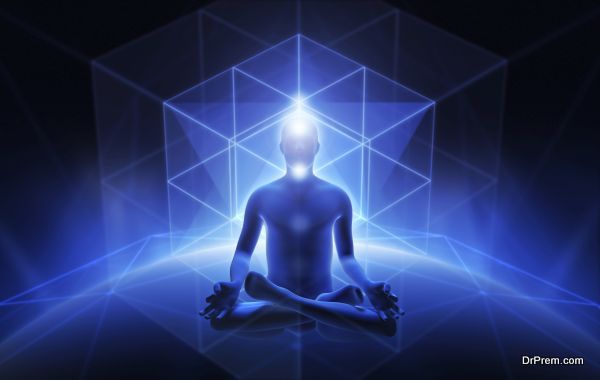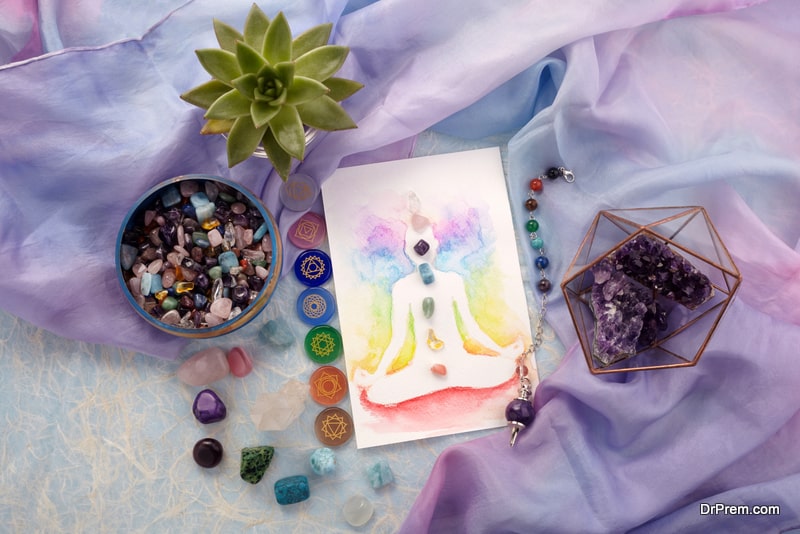Yoga comprises of many different types of postures and poses. Each of the pose has been designed to benefit the different parts of the body. Just practicing yoga is not enough. You should also learn about the anatomy of the yoga postures you are practicing, so that you could use the body muscles accurately.
Backbends is one of the common yoga postures that use the gluteal muscles. Some trainers consider that squeezing the gluteal muscles during backbends can lead to muscle injury. They advice their students not to grip the gluteal muscles because doing so may put extra pressure on the lower back and sacrum. Not all trainers agree at this point. Your trainer may tell you to squeeze the gluteus muscles during backbends. Understanding the anatomy of backbends will help you maintain the right posture.
There are three different gluteal muscles, which are gluteus maximus, gluteus mediums and gluteus minimus. Gluteus maximus is a big, chunky muscle, which helps us in maintaining the straight posture of the trunk and supports our body walking. Gluteus maximus is responsible for giving the necessary power to our legs and moving it backwards or forwards. The thighbone cannot rotate smoothly in the absence of this muscle. Extending the hip joint while bending or walking is also its major duty.
That is why it has to work during back bending exercise. The fiber of gluteus maximus that helps hip extension is located near the hamstring. Hamstring is a bi-articulate and works on both hip extension and knee flexion. To perform backbends you will have to fold your legs at the knees. When the knee is bent then the size of the hamstring decreases and it cannot help much in hip extension. You will have to use gluteus maximus muscle while performing backbends.
Not all back-bending yoga poses require you to use the gluteus maximus muscle. For example while you are performing the locust pose, or the cobra pose, you can keep the glutes passive without any trouble. Only the spinal muscles are necessary for rising your chest and torso from the ground. If you want to perform the Camel Pose. Bridge Pose or Upward Bow Pose then you will need to use the glutes. These poses cannot be performed with the help of the spinal muscles alone because their influence ends at the lower back and do not help in hip extension.
Summary:
The gluteus muscle helps in back bending during the Camel Pose. You need not to stress it during other types of back bending exercises like the Cobra Pose and Locust Pose.








